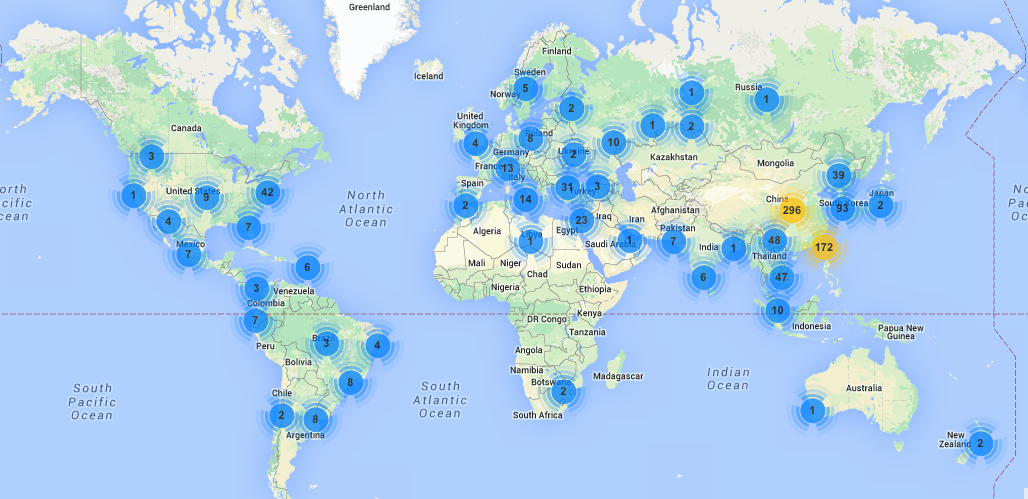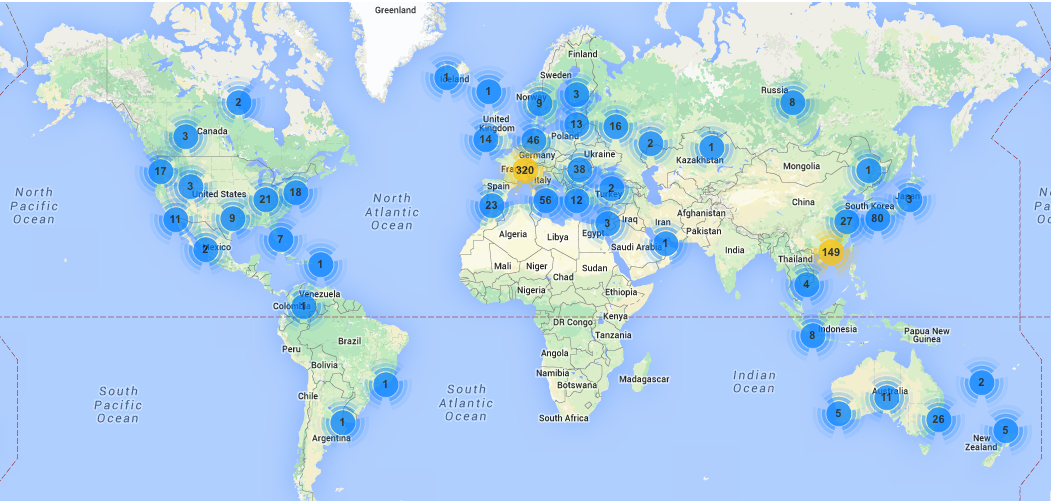I’ve lost track of how many useful cloud-based services I have signed up for within the last few years. I can’t picture my life without products like Uber, FancyHands and Gmail. It often surprises people to find out that these products are free or very inexpensive. If they’re giving the service away for free or at a very low cost, how can the companies make money?
Typically, a service provider is able to gain a substantial profit based on the fact that they are able to harvest your data. Imagine what an advertiser could gain just by learning information about your latest Uber ride. When using a service provider, it’s important to ask yourself, is the convenience worth the sacrifice of your privacy? While it’s possible that not all of these service providers are harvesting or selling your data, it’s worthwhile to at least consider your loss of control.
Personally, I have found that there are circumstances in which I am willing to sacrifice my privacy for a cheaper and more effective product. I feel that the convenience of being able to order a cab with the touch of a button on my phone is worth the risk of another corporation learning details about my trip. Another circumstance in which I am willing to forgo a bit of my privacy to gain a convenience would be my use of a “savings card” at my local grocery store. I have no doubt that they are tracking and analyzing my purchases. However, I have always felt that it is worthwhile to share my purchase history with the grocery store due to the discounts that they provide for using the “savings card”.
Despite the fact that I am often willing to forgo my privacy in an attempt to gain access to a service offering, there are products that I do not feel that the offered convenience warrants the loss of control over my personal information. For example, I recently looked into leveraging a service that could automatically unsubscribe me from a number of subscription emails. As annoying as those emails can be, I didn’t feel that the convenience of this service was worth letting a 3rd party parse through all of my emails.
Each time my personally identifiable information (PII) is exposed to attackers as a part of a data breach, I become more likely to voluntarily share my personal information with a 3rd party in an effort to gain a convenience. Next time you prepare to sign up for a free or discounted service, be sure to take a few extra moments to decide whether or not you are willing to expose your private information to gain access to the service. After all, there’s no such thing as a free lunch.


